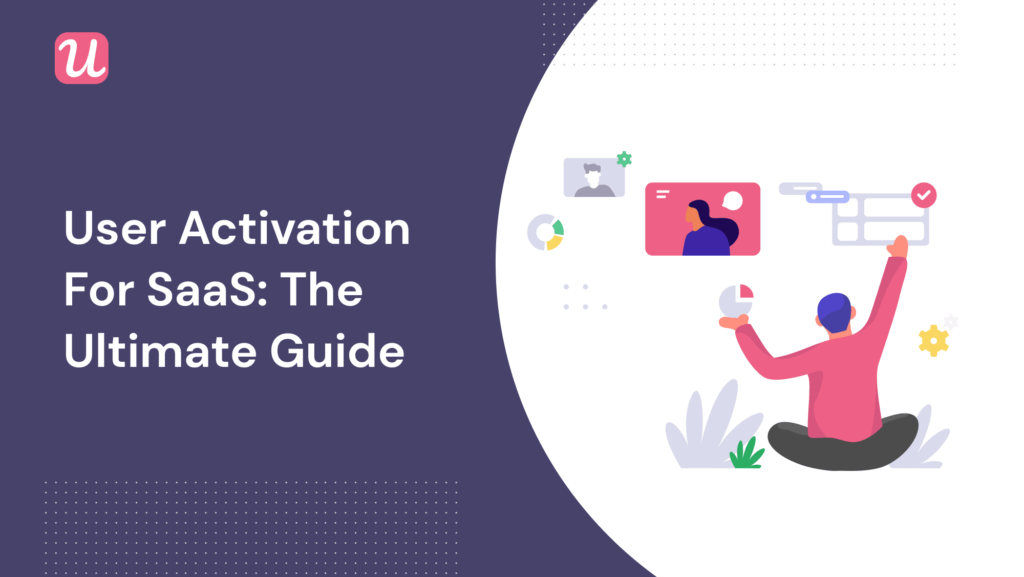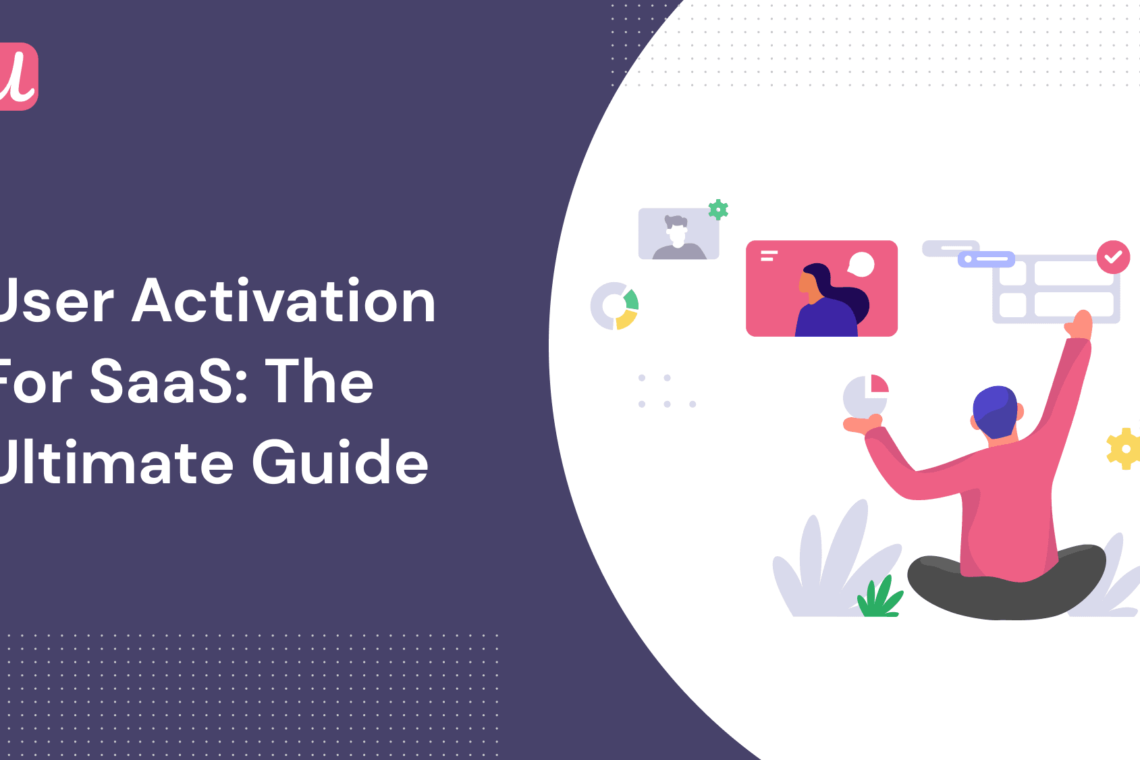
It makes sense for all businesses to try to attract new customers. However, very few of them consider additional user engagement in the app when customers actually begin using it and benefiting from it, such as when they run a trial or send the first message. User activation is sometimes overlooked even though it serves as a springboard for increased user engagement and sales. To learn more about user activation, why it matters for your company, and how to boost your user activation rates to increase your earnings, read this post.
User activation – what is it?
User activation is a measure that shows what proportion of customers really utilise your product and take action that is beneficial.
An activation action is what?
Depending on the particulars of your business, activation activities can include launching a trial period, integrating your SDK into an app, or adding the first task to the to-do list.
You will discover that each app has its own unique activation stats if you have access to its analytics. Facebook monitors sign-up rates, Spotify may concentrate on subscription rates, Amazon may monitor purchase rates.
What makes user activation crucial?
If you don’t engage your new users, they won’t utilise your app and will stop using it. Additionally, you can consider your marketing spend to have been a loss if the audience you’ve attracted doesn’t turn into paying clients.
Bottom line: A low churn rate and high user activation rates are essential for maximising the usage of your marketing budget and generating more profit.
User activation position within AARRR Pirate Metrics
Almost every product needs to keep an eye on these indicators, which include revenue, activation, retention, and acquisition. These indicators assist companies in deciding where to concentrate their efforts in order to increase marketing and sales figures. User activation is secondary in the AARRR pirate’s funnel.
How can user activation be measured?
User activation measurement is a challenging task. Given that each firm has a different user activation rate, it is undoubtedly simpler to count clicks or registrations. You must follow the steps below before you can determine the user activation rate.
Step 1. Examine the reasoning
Think through the rationale and specify the following to achieve more precise findings when measuring the activation rate in your app and to better understand the behaviour of your users:
How can you tell whether or not a user has been activated?
How should a user behave in order to be considered activated?
What in-app events will demonstrate to you that users have taken the required actions?
What in-app events will demonstrate to you that users have taken the required actions?
Will there be variations in the activation events for various personas?
Remember that various user groups may have different activation events. For instance, language-learning programmes like Duolingo first inquire about their new users’ expertise level before providing a learning curve. Beginners can begin from beginning, however expert users could be advised to take a vocabulary exam first by the programme.
Step 2. split users into groups
As we already said, various users may experience different activation occurrences. If this seems to be the situation, you could wish to first split all of your consumers into groups, such as novice or expert users. By using such a method, the user activation rate can be calculated more precisely and then improved.
Step 3. Calculate the rate of user activation.
You can determine the overall percentage of persons who have activated activation events after developing the logic and segmenting users.
How to boost user engagement
User activation is the most difficult step for most businesses, according to internal Unomok research: on average, 95% of new customers churn as early as on Day 1. You might wish to aim for a greater user activation rate in order to reduce these losses in your app; the following channels would be helpful for this:
messaging within the app for efficient user onboarding.
Emails to urge clients to really make an activation event.
Push notifications to engage clients right away and move them quickly into activation action.
Even better, automate your communications flows and go omnichannel with Unomok Customer Journey Builder.
Some Unomok customers have been able to increase their D1 Retention by up to 15% thanks to improved channel-to-channel connectivity. What you can do to duplicate their success is listed below.
Establish efficient onboarding
User onboarding aims to smoothly transition a new user from the first app they open to the Aha! Moment. This procedure is typically supported by push notifications, emails, and in-app messaging in mobile apps, which inform users and persuade them to participate in activations events.
Offer only in-app purchases
You can reward customers for completing an activation event with some special content or early access to new features and goods in addition to financial incentives and presents. For instance, some periodicals and news outlets occasionally charge a price for access to expert material.
Improve the user activation flow already in place.
Create a message sequence for each activation event, then measure and modify the user experience in your app to better understand at what point users lapse. You can send your audience more pertinent emails and push notifications once you’ve segmented them based on the actions they’ve performed.
Additionally, you may figure out how to improve your communication and raise the user activation rate by studying user journeys. Here are just a few suggestions for changing your messaging flows:
cut the sequence short;
alter the timing of sending;
Replace the text in the messages;
Utilize more or fewer channels.
How can you tell which measures are effective and which are not? How can you identify the precise changes that are required? The percentage of people who have opened a message and taken an activation action can be determined by looking at the CTR measure, to put it succinctly. You can create efficient flows with the help of Unomok Customer Journey Builder, and it also offers you all the required analytics: information is gathered and conveniently presented so that you can better understand the behaviour of your clients.
Create multichannel campaigns.
Try to catch up with consumers who have not yet finished the activation event if you discover any weak places in your customer journey.
Send them emails with discount or promo codes;
Provide unique incentives (for instance, Headspace enables access to a free meditation instruction);
limited-time in-app events (and alert users that they have a limited amount of time to participate);
